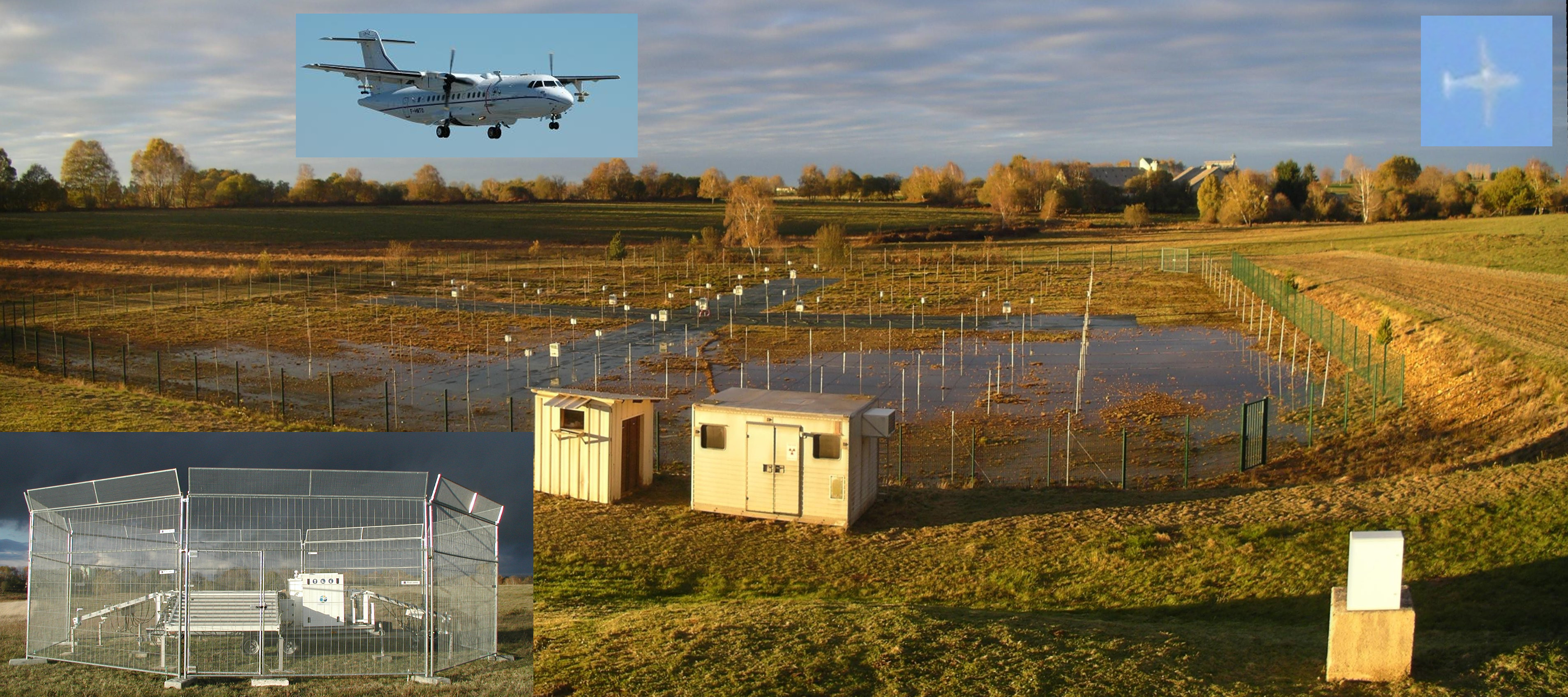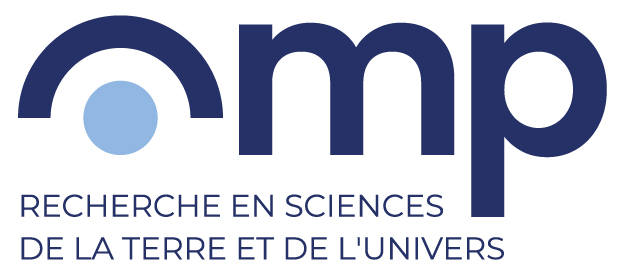SEMINAIRE C YAGUE (Universidad Complutense de Madrid)
Observations in the Stable Atmospheric Boundary Layer: main, processes and turbulence-gravity wave interactions
One of the main characteristics of the atmospheric boundary layer (ABL) is its degree of stratification. Particularly, the stable boundary layer (SBL) is formed when the surface is cooler than the air above, and this is often produced at night over land. Along the night, the relative importance between the mechanical generation of turbulence and the damping produced by stability can change quite quickly, leading to different ranges of turbulent mixing, sometimes being intermittent. Among others, the main processes studied in the SBL have been: radiative flux divergence, intermittent and patchy turbulence, slope flows, Low-Level Jets, elevated turbulence, shear instabilities, wave generation and breaking, wave-turbulence interactions, etc.
Although gravity waves (GWs) are common phenomena observed in the SBL, their origin, formation and interaction with turbulence is not completely well understood (Sun et al., 2015). One of the problems associated with this research is how to detect and measure these GWs. During different field campaigns (CIBA in Spain and BLLAST in France) these waves have been detected from microbarometers to analyse their interaction with turbulence. Sometimes this interaction is associated with thermally-driven flows (such as drainage flows or katabatic winds) formed during the evening transition of the ABL in fair-weather conditions. Others can be associated to mesoscale convective systems arriving to the area of study. Once these events are detected, different multiscale methods (wavelet and multi-resolution flux decomposition) can be used to characterize them and to analyze their interactions with the surface turbulence, as well as the different scales contributing to the fluxes during the event duration. From this analysis, we expect to gain knowledge about the influences of thermally-driven flows on the generation of gravity waves, as well as the consequences in the different development of the SBL: degree of stability, evolution of surface temperature, wind speed, turbulence intensity, etc. Understanding observationally these phenomena and their interaction will help to update the associated physical parameterizations in numerical models.







